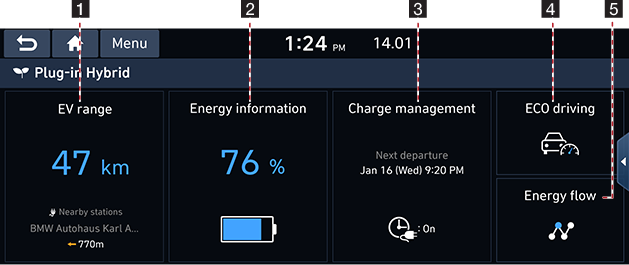



The downside is they generally have less driving range than hybrid cars, however it is easy to stop and top up the battery on your drive. They run solely on one or more electric motors, and need to be charged by plugging in, either at home or at a public charging station. Hybrid cars don't need to be plugged in to charge the battery.Įlectric cars (BEVs), on the other hand, don’t use petrol at all and produce no exhaust emissions, have no clutch or gears, fewer moving parts, require less maintenance and are extremely quiet. As your speed increases, the petrol motor kicks in and, whenever you decelerate or use the brakes, the energy is stored in the battery for use later on. Hybrid cars use an electric motor for power to accelerate and for speeds of up to approximately 25 km/h. To make sure you buy the car that’s best going to fit you and your family’s needs it's important to understand the difference between hybrid and battery electric cars. So it makes sense to consider hybrids and electric cars, as well as more traditional vehicle options. With petrol prices seemingly constantly on the rise, a car that’s fuel efficient is quickly becoming essential for many New Zealanders. What’s the Difference Between Hybrid Cars and Battery Electric Cars?


 0 kommentar(er)
0 kommentar(er)
